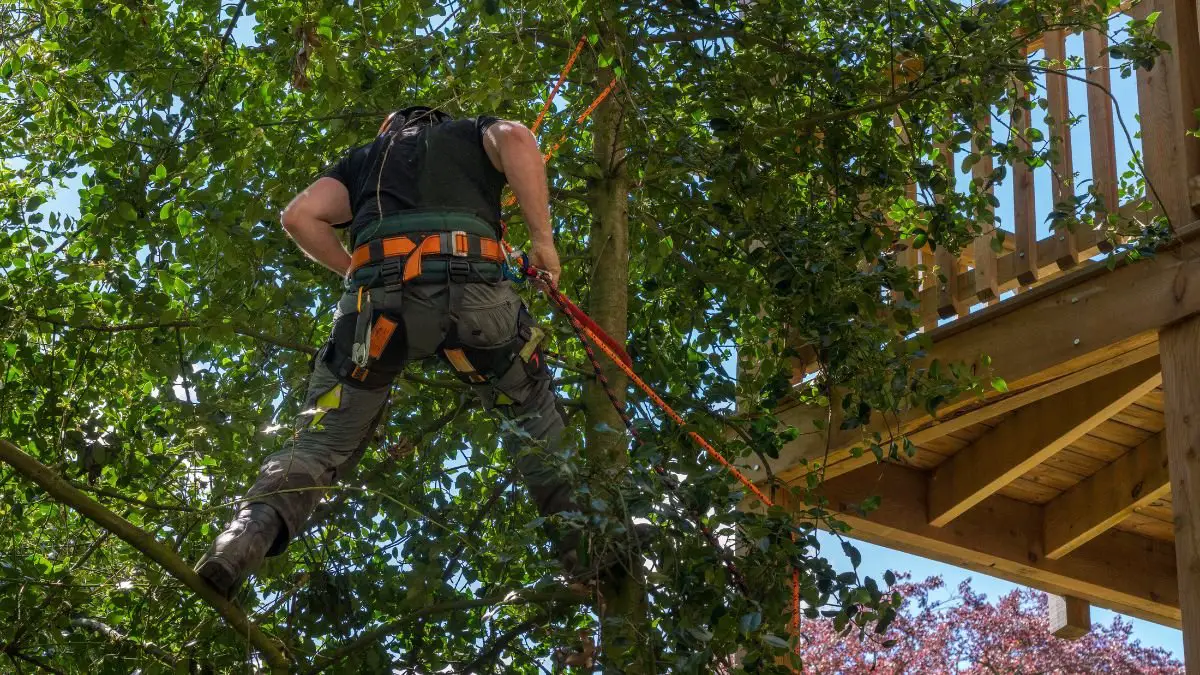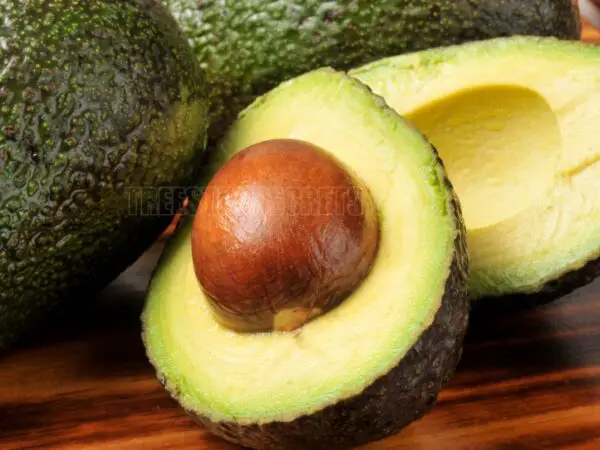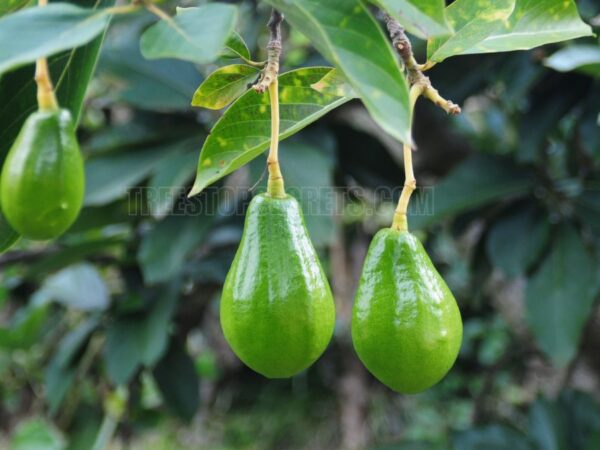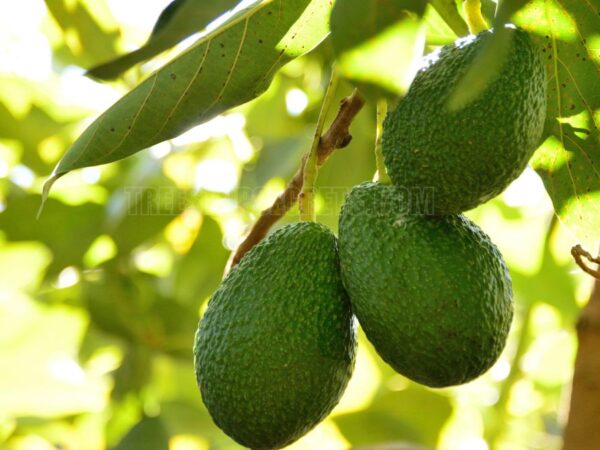Pruning your avocado trees at the right time is crucial for their health and fruit production. In California, where avocado trees thrive, knowing when to prune can make all the difference in maintaining a strong, productive tree. This blog will guide you through the best time to prune avocado trees in California, helping you enhance growth, prevent disease, and maximize your harvest. Whether you’re a seasoned gardener or a beginner, these practical tips will ensure your avocado trees stay in peak condition.
The best time to prune avocado trees in California is typically between late winter and early spring, just before the growing season begins. Pruning during this time allows the tree to recover quickly and promotes healthy growth in the upcoming season. Avoid heavy pruning in the summer or fall, as this can make the tree vulnerable to sunburn and reduce the overall yield. Keep an eye on your tree’s health to determine the exact timing.
Wondering if your avocado trees are due for pruning? Stay with us as we break down the right pruning techniques and timing that will boost your tree’s health and productivity. With our expert tips tailored for California’s unique climate, you’ll be well on your way to harvesting a bountiful crop. Let’s keep those trees thriving together!
How to Prune Avocado Trees Without Losing Your Mind
Prime Time to Trim
Alright California avocado lovers, wanna keep your trees looking fly? The best time to grab those pruning shears is late winter to early spring. This timing's a win-win: it helps dodge cold snaps, gives your tree a chance to sprout fresh leaves, and keeps sunburned branches at bay before summer arrives. Check out this handy snippet:
| Season | What to Do |
|---|---|
| Late Winter | Get snipping before new growth kicks in. |
| Early Spring | Target the big boys and shape things up. |
So why prune? The reasons are clear:
- Keep your tree at a manageable size
- Shape it into an artistic masterpiece
- Ensure your sprinklers can do their job
Common scenarios folks like you and me face: trimming to control height or girth, balancing out the tree to avoid it tipping over, and axing branches that block irrigation sprays.
Why Bother?
Pruning isn't just for kicks; it's a game-changer for the health and productivity of your avocado tree. In the first couple of years, a bit of formative pruning promotes those lateral branches you love. Snipping a few top limbs each year also stops the upper parts from hogging all the sunlight. Aim to keep the height somewhere between 10 and 15 feet. No need to grow a beanstalk here, guys!
Regular pruning means your tree stays compact and easy to manage. Skip a year? Ouch! That’s too much wood, and trust me, it's not worth it. Too much wood = fewer fruits, simple math. Avocados love to show up on the outer canopy, so if you miss pruning, you're basically asking for a lower harvest.
Key tip: prune before the bees buzz in for pollination and right after winter, when the trees start to wake up Greg Alder's Yard Posts.
Sticking to a pruning routine not only keeps your tree in top shape but also boosts your fruit yield. Who wouldn’t want more tasty avocados from a tree that's the talk of the neighborhood? Happy pruning, avocado champs!
Techniques for Pruning Avocado Trees
Pruning avocado trees right can make a world of difference in how healthy and productive they are. With time, I’ve learned there are mainly two tricks I rely on: formative pruning and severe pruning. Each has its own job in making sure my avocado trees live their best lives.
Formative Pruning
Formative pruning is pretty much non-negotiable during the first two years of the tree's life. This approach helps the tree grow outwards, giving it a sturdy base that’ll one day bear a load of fruit.
| Age of Tree | Pruning Technique | Why Do It |
|---|---|---|
| 0-2 Years | Formative Pruning | Encourage sideways growth and strengthen the tree |
Here’s what formative pruning looks like in my garden:
- Snipping away dead or broken branches
- Making sure the tree has an even spread to let sunlight through
- Shaping the tree to keep it from getting too crowded
Starting early with this kind of pruning makes a big difference for long-term fruit production.
Severe Pruning: When It's Needed
Sometimes, you’ve got to go big or go home. If a tree gets too tall or wide, severe pruning is the answer. It doesn’t hurt the tree, but you should know it can slow down fruit production for a bit (University of Florida).
When I go for severe pruning, here's what’s on my mind:
| What I Consider | What Happens |
|---|---|
| Tree Height | Easier to reach and harvest |
| Tree Width | More light gets in |
| Fruit Production | May drop for a season or two |
Severe pruning is all about balance. I keep the tree healthy and make it easier to manage, but I'm careful not to overdo it (Greg Alder's Yard Posts). Over-pruning can take a toll on the tree's health, so I always aim to find that sweet spot.
Trimming Tall Avocado Trees
Get a Pro Involved
So, you've got a giant avocado tree that's threatening to take over the yard, right? If it's towering 30 feet or more, it's not just a job for regular garden shears. You need a professional arborist for this one. These folks have the tools and know-how to prune safely without messing up the tree (or themselves). Going the DIY route with a tall tree can be risky business. Better safe than sorry.
Fruit Production: What to Expect
When it comes to trimming these giant trees, keep in mind that it might mess with your avocado haul for a bit. Pruning doesn't hurt the tree in the long run, but it can slow down fruit production for a few seasons. Here's what you can expect based on how heavy-handed you get with the pruning shears:
| How Much You Prune | What Happens to Fruit Production |
|---|---|
| Light Trim | Not much change |
| Medium Trim | Might see fewer avocados next season |
| Major Chop | Fewer avocados for a few seasons |
To keep your tree happy and loaded with fruit, it's important to feed it with the right nutrients. This will help the tree stay healthy during flowering and fruiting times. Knowing the best time to trim avocado trees in places like California can also make a big difference. Get it right, and you'll have a healthy, productive tree back in action sooner rather than later.
Boosting Your Avocado Harvest: Key Insights
If you're aiming to step up your avocado game, understanding the essentials that affect fruit yield is half the battle. Let's get straight to the point and break down the two biggies: spring flowering stress and the alternate bearing cycle.
Spring Flowering Stress: The Crunch Time
In sunny California, avocado trees hit a traffic jam of needs during the spring. This is when your trees crave an overload of sugars, starch, water, and nutrients. This need peaks from late winter through early summer. It's crunch time because most of your fruit will come from flowers pollinated in the spring. To not drop the ball, I make sure my trees are pampered like VIPs during this period.
| Resource Demand | Why It Matters |
|---|---|
| Sugars | Critical for those blossoms |
| Starch | The energy powerhouse |
| Water | Essential for moving nutrients |
| Nutrients | Keeps the whole tree in top shape |
The Rollercoaster of Alternate Bearing
This one's a head-scratcher but crucial to get a handle on—avocado trees have mood swings. One year, they're loaded with fruit (on-crop), and the next, they're on a diet (off-crop). It can be a heads-up for planning your harvest and marketing strategies. I’ve learned to brace myself for these swings and plan accordingly.
| Cycle | What Happens |
|---|---|
| On-Crop | Buckets of avocados |
| Off-Crop | Not much to show off |
By keeping these factors front and center, I get a better grip on managing my orchard. Knowing about spring flowering stress and the whacky alternate bearing cycle helps me aim for a more reliable avocado harvest. Happy growing, and may your avocado toast always be topped with plenty!
Nutrients for Avocado Trees
The Fertilization Must-Knows
Keeping your avocado trees happy and healthy isn’t rocket science—it’s all about giving them the right nutrients at the right time. Trust me, once you get the hang of it, you’ll see a dramatic difference in flowering and fruit production. Better blossoms mean better avocados, and avoiding those annoying alternate bearing cycles that mess up your yield (California Avocado Growers). And yes, you gotta keep those overwintered leaves in tip-top shape for top-notch flowering and fruit set.
| Nutrient | What It Does |
|---|---|
| Nitrogen | Fosters leafy growth and is vital during flowering |
| Phosphorus | Boosts root health and flowering |
| Potassium | Improves fruit quality and helps with drought resistance |
| Calcium | Firms up cell walls, cutting down disease risk |
| Magnesium | Supports photosynthesis and the tree’s overall health |
When to Feed Your Trees
Timing is everything, folks. Slapping on fertilizer at the right moment can make or break your avocado crop. Dropping it on just before the flower buds pop open keeps leaves healthy and flowers flourishing. Dive into soil tests, get some expert advice, and keep tabs on your grove. You gotta juggle factors like fruit load, cropping history—the works (California Avocado Growers).
| Growth Stage | Best Time for Fertilizer |
|---|---|
| Pre-Bloom | Right before the flower buds split open |
| Post-Flowering | After fruit sets in |
| Mid-Growth | Every 6-8 weeks, but keep an eye on things |
Nail down the right nutrients and the perfect timing, and watch your avocado trees thrive like never before. Happy feeding!
Avocado Tree Care Tips
Take it from me, nurturing those avocado trees is all about getting the basics right, especially with transplanting and potentially saying goodbye or even moving them around. Here’s the skinny on what I've picked up from my own green-thumb adventures.
Moving Around Avocado Trees
Transplanting avocado trees isn’t just an art—it's a picky process. Timing is everything. I’ve found that moving them during the cooler months, like spring or fall, makes the journey easier on the trees. Here’s a quick rundown to get it right:
- Pick the Perfect Spot: The new home needs well-draining soil and lots of sunlight. Your avocados are sun-seekers!
- Prepping the Pit: Make sure the hole is twice as wide as the root ball but only as deep as the roots need. They appreciate a comfy fit.
- Hydration’s Key: Give them a good drink before and after moving. This helps them settle in without too much of a shock.
| Step | What to Do |
|---|---|
| Choose Timing | Best in spring or fall |
| Location | Needs well-draining soil and sunlight |
| Prepping Hole | Twice the root ball width |
| Watering | Hydro before and after the move |
When to Let Go
Sometimes, you gotta know when to fold 'em. Deciding to remove or move an avocado tree can be tough, but here's what I usually look out for:
- Tree Health: For those young, under-2-year-old trees, severe damage (courtesy of gophers or sunburn) might mean it's quittin' time (Greg Alder).
- Visual Cues: If your tree's throwing out nothing but burned leaves or staying stunted despite TLC, there's likely a deeper issue (Greg Alder).
- Fruit Slumps: No fruits for a few years? Might be time to swap it out. Focus on more productive trees (Greg Alder).
- Bad Real Estate: Planted in a bad spot, like a windy hill or soggy soil? Replanting could be necessary (Greg Alder).
| Yardstick | What to Look For |
|---|---|
| Tree Health | Young and damaged may mean removal |
| Visual Cues | Persistent issues can mean trouble |
| Fruit Output | Consistent duds might need replacing |
| Bad Location | Poor spots may require replanting |
Giving your avocado trees the best care involves some tough love sometimes! Keep an eye on these tips, and you'll likely enjoy a bountiful harvest. Keep it green and keep it real.
Final Thoughts: Best Time to Prune Avocado Trees in California
Pruning your avocado trees at the right time is essential to their health, growth, and fruit production. By following the best practices and pruning during the ideal season, you set your avocado trees up for success. Whether you're growing trees for personal use or for commercial harvest, California's climate provides a perfect opportunity to maintain healthy avocado trees with the right care.
FAQs about "Best Time to Prune Avocado Trees in California"
Q: When should I prune my avocado tree in California?
A: The ideal time to prune avocado trees in California is from late winter to early spring, just before the growing season starts. Pruning at this time allows the tree to heal and encourages strong growth during the active season.
Q: Can I prune my avocado tree in the summer?
A: It’s best to avoid heavy pruning in summer, as it exposes the tree to potential sunburn. Summer pruning can also reduce fruit yield. If you need to prune during summer, focus on light trimming.
Q: How often should I prune my avocado tree?
A: Avocado trees typically require pruning once a year. Keep an eye on the tree's health and shape to determine if additional light pruning is needed throughout the year.
Q: What tools should I use for pruning avocado trees?
A: Use sharp, clean pruning shears or saws for the best results. Make sure to sanitize tools before and after pruning to prevent the spread of disease.
Q: Is pruning necessary for young avocado trees?
A: Yes, young avocado trees benefit from light pruning to encourage a strong structure. Early pruning helps shape the tree and promotes healthy future growth.
Image Source: Paid image from CANVA





